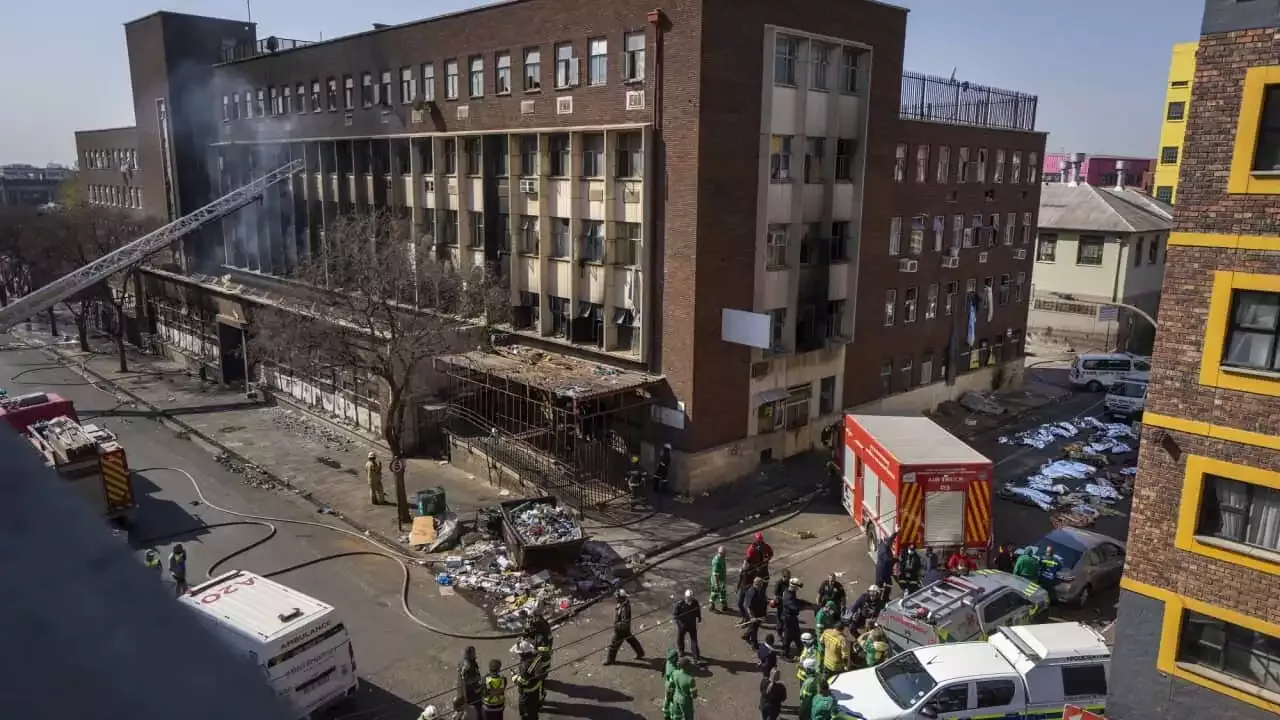15 Recent Facts About Hijacked Buildings in Johannesburg
Skip to content
Skip to footer
15 Recent Facts About Hijacked Buildings in Johannesburg
15 Recent Facts About Hijacked Buildings in Johannesburg

